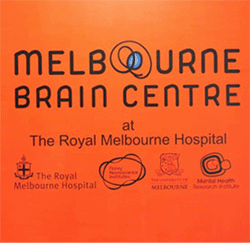How hard is it for scientists to talk about their research in plain language for a lay audience? In December 2014, the Melbourne Neuroscience Institute (MNI) invited five of their brightest researchers to a fast-paced competition for the 'No-bell' prize – won by the speaker whose talk had the the least number of bells rung alerting us to jargon, boring content or lengthy rants.
The bell-ringers interrupting on our behalf were also there to judge the best talk: Eric van Bemmel, Senior producer, co-creator and occasional host of the University of Melbourne’s Up Close podcast, Assoc. Prof. Megan Munsie, Policy and Outreach Manager and Head of Education, Ethics, Law & Community Awareness, Stem Cells Australia and Dr Lauren Ayton, Vision Researcher and Science Communicator, Centre for Eye Research Australia and Bionic Vision Australia.
Our Chair and host, Dr Shane Huntington, from 3RRR’s science radio program, Science a GoGo and Executive Officer, Faculty of Medicine, Dentistry and Health Sciences, University of Melbourne (UoM), kept proceedings relaxed, friendly and light – all essential when asking competitors to expose themselves to such public scrutiny in the name of science communication.
First to speak was Dr Emma Burrows, Research Officer, Behavioural Neuroscience at the Florey Institute of Neuroscience and Mental Health (the Florey), who studies what happens when things go wrong in the brain, to further our understanding of how the brain works. Emma uses sound recording technologies to tune into the communication signals between mice, demonstrating that 20 sound experiences for normal mice become 700 confusing sounds in mice bred with autistic traits.
Emma got off to a great start until she was asked to explain some basic scientific concepts such as ‘using mouse models’. Soon she was unlocking the ‘black box’ of the history of science to explain the fundamentals upon which her research is built. Unless an audience arrives with those fundamentals, communication is not going to take place.
What started as a three minute talk (to be followed by five minutes for questions) was allowed to run overtime by the Chair, who appreciated that Emma’s comprehensive responses to ‘bell’ questions were not only very helpful for the audience, but also demonstrated to the scientists present how often they might incorrectly assume a level of knowledge in their audiences.
Assoc. Prof. Helmut Butzkueven, Deputy Director, Melbourne Brain Centre and joint director of the Multiple Sclerosis (MS) Service at the Royal Melbourne Hospital chose to inject a little more humour, a sensible approach when he acknowledged that, statistically, some in the audience would be affected by MS either directly or in their social circle. The bell ringing began despite simple language being used – for example, “what exactly is an MS ‘attack’?”
Dr Simon Murray, Laboratory Head, Department of Anatomy and Cell Biology (UoM) is pursuing further work on MS with other Florey researchers. Simon began by explaining the normal and abnormal activity in the myelin sheath, which MS affects, without any pictures or props. One of the judges asked a terrific question: “What would I see if I looked over your shoulder in the lab?” This revealed the man behind the scientist, with Simon’s quick answer being, “not much, as mostly my students are doing the work in the lab, when they’re not on Facebook!” Communicating personalities and life in the lab is just as important as the sharing of the science, bringing the mundane routine of daily work alive for the audience.
Dr Michele Veldsman is a Postdoctoral Research Fellow in Stroke at the Florey, applying advanced brain imaging analysis techniques to better understand brain network changes in stroke and dementia. Michele used a simple and helpful analogy, likening the local site of a stroke to that of an un-tuned violin in an orchestra, and how this local site can affect the brain in a cascade of events, altering its ‘entire orchestra’. She is trying to determine which patterns of damage will go on to cause dementia. Because her work uses highly technical and complex instruments, keeping to this simple analogy probably helped Michele avoid too many tough questions. But bells did ring with the use of terms such as “MRI”: “What exactly is an MRI?” asked one judge. Michele was soon stretching back to her first years of physics to explain how her imaging equipment works and she did a terrific job.
Prof. Stan Skafidas, Director, Centre for Neural Engineering, (UoM), is a world expert in electrical engineering and communications technologies, but bells rang for him too when he talked about concepts such as “transmitting a signal” or “elementary things in nature” – using simple language, but drawing on fundamentals of science he grasped early in his career, but which might not have been understood by his audience.
Audiences at university public events are often the speaker’s students, who are obliged to attend, the speaker’s friends and colleagues, who are there for moral support and others who regularly go to public science events because they are passionate about science and usually quite scientifically literate. So even if these talks were obscure and jargon-filled could we still assume that communication had taken place, if they all applauded and seemed to enjoy themselves? How might we evaluate the effectiveness of these events?
Organiser and Project Officer at MNI, Amy Bugeja, has been building up a database of members of the general public who want to learn about MNI’s exciting brain research. Of the over 200 who came, she says that 90 had institutional addresses, with about one third of those related directly to the MNI, and the remainder having generic addresses. Without going into further analysis, we might assume that there was a typical mix of the usual attendees, but also a significant number of lay people. If the number of stories about brain research in the popular media is any guide, the general public is very interested in this subject.
The laughter throughout the talk and the generous applause at the end suggests that people enjoyed themselves first. As these events compete with other claims for our leisure time, enjoyment is important. For the laypeople in the audience, having the judges ask the questions we are too embarrassed to ask for ourselves was very welcome and helped to deconstruct and communicate the complex science. The bonus with this technique was that it also taught the senior and junior researchers present a great deal about how many assumptions they might make about their audiences when preparing similar talks.
For this kind of event, with short talks which cannot go into a great deal of depth, it is enough to find that we added some new words to our vocabulary, shared a laugh and learned that researchers are human too. The next time we read an article on one of the subjects covered in the talks we will be a little more informed about the issues and can apply a little more criticism to the story. In such an intense and varied media environment, with so many tricks, tools and techniques to persuade us about any subject, a little extra knowledge is always going to be a good thing.
And the winner was…Dr Emma Burrows, who, despite a number of bells, met the task with great skill and concision. The judges commended her considerable communication skills. She, like all scientists, will need them if she is going to be able to convince politicians, the public and funding agencies to support her research in the future.
Melbourne Neuroscience Institute’s 'No-bell' Prize | Melbourne Brain Centre | 5:15-6:30pm, Tuesday 9 December 2014 |
The Melbourne Brain Centre is in the centre of Australia’s premier bio-medical precinct.


